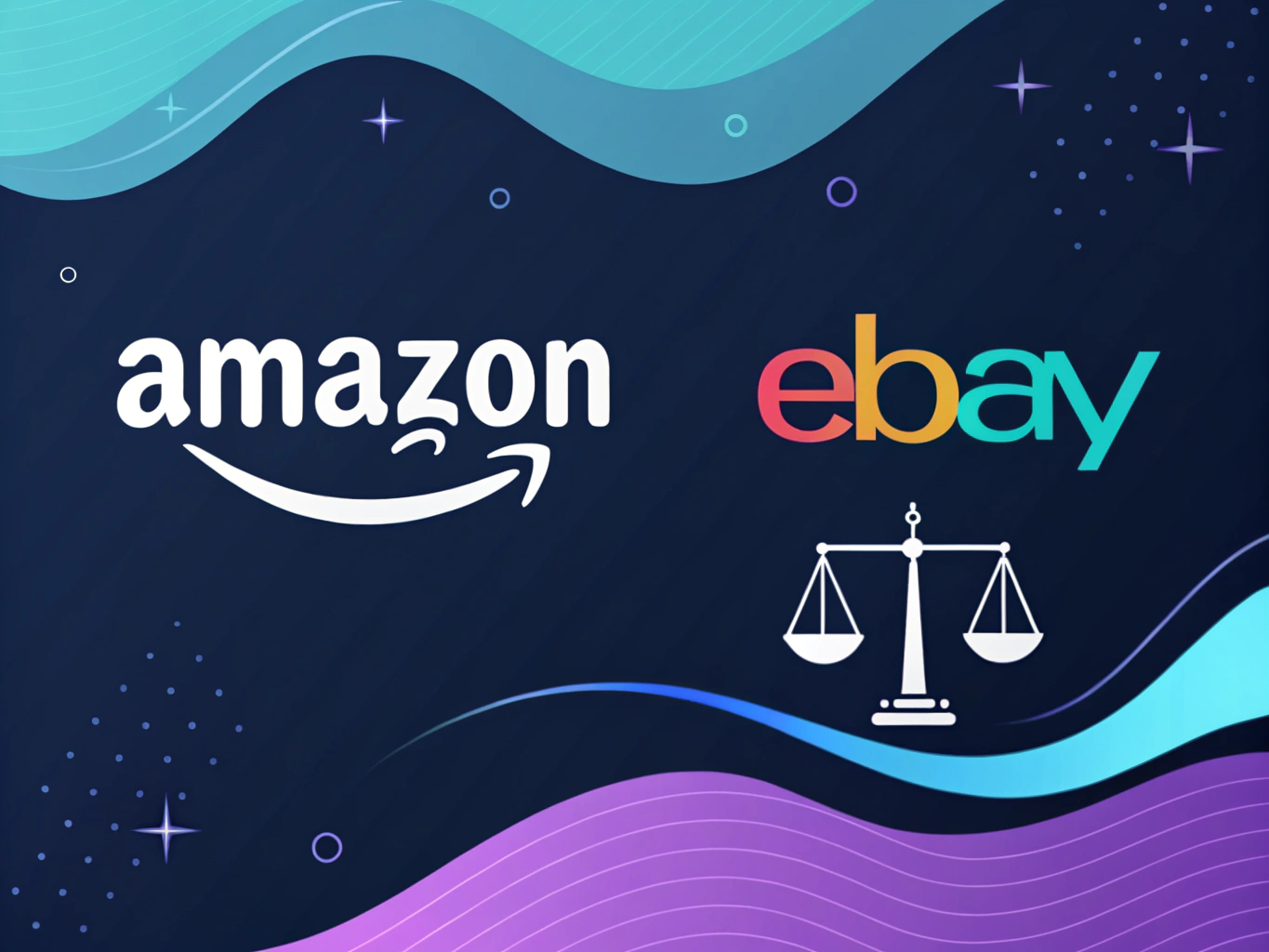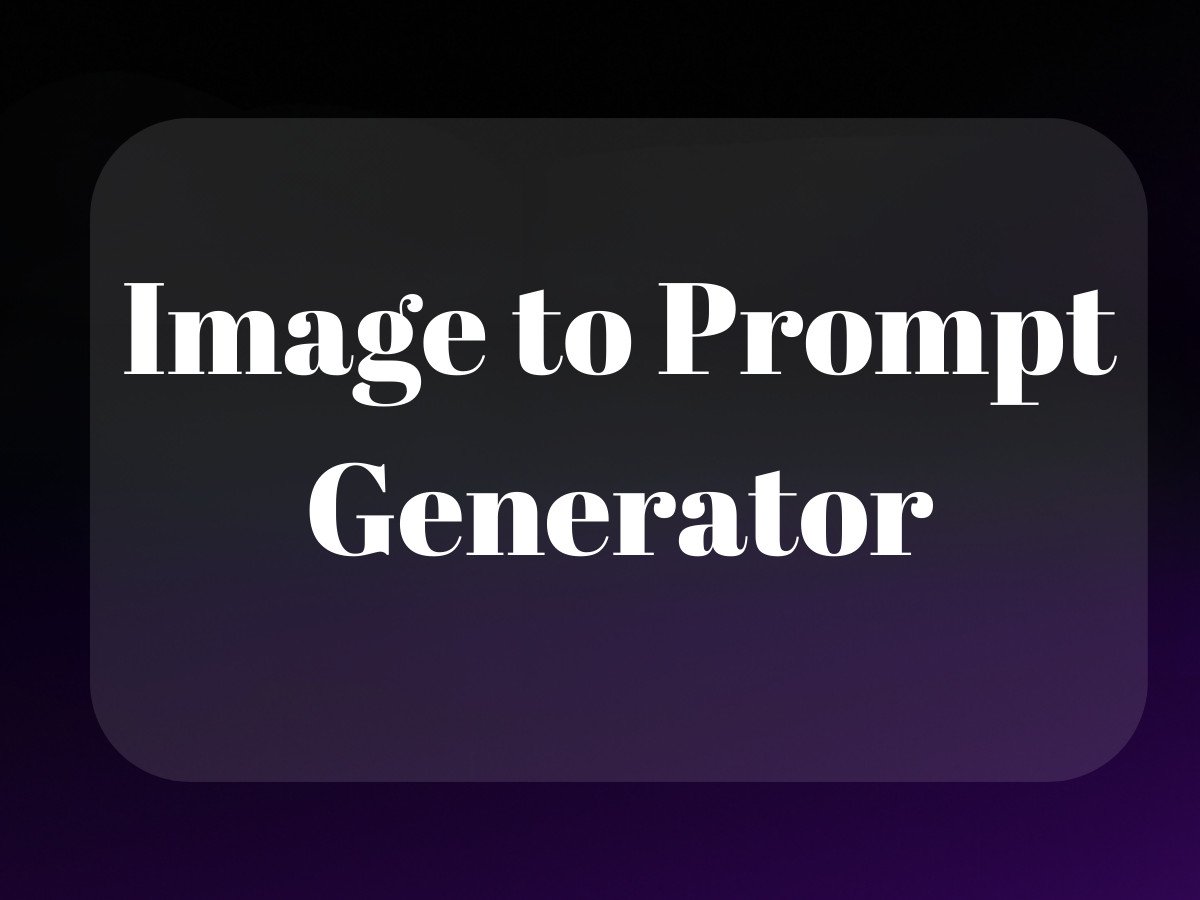Let’s cut through the noise. I’ve spent over a decade watching sellers agonize over the Amazon vs eBay decision, and here’s what fascinates me: we’re still having the same debates in 2024, just with higher stakes and more confusion than ever.

Think of Amazon as the New York City of ecommerce – everything’s expensive, the rules are complex, but damn, the opportunities are endless. eBay? It’s more like that charming town where everyone knows each other, the cost of living is reasonable, and you can actually get the mayor on the phone when you need to.
But here’s the thing – neither platform is inherently “better” for selling online. It’s like choosing between a Swiss Army knife and a specialized chef’s knife. One tries to do everything, the other excels at specific tasks. The trick is knowing which one fits your business model.
Platform Fundamentals: Getting Past the Velvet Rope

Barrier to Entry: Not All Welcome Mats Are Created Equal
Starting with Amazon feels like applying to an exclusive club. You’ll need business registration documents, tax info, and sometimes even approval from brands before you can list their products. The referral fee structure alone requires a spreadsheet to decode. And don’t get me started on their storage fees – they’ll make Manhattan real estate prices look reasonable.
eBay, on the other hand, is more like walking into a neighborhood yard sale. Create an account, verify your identity, and you’re pretty much good to go. The learning curve isn’t nearly as steep, though you’ll still need to understand their final value fees and listing options.
The Real Cost of Doing Business
Amazon’s Fee Labyrinth
Let’s talk numbers. Amazon’s basic referral fee averages 15%, but that’s just the beginning. Add FBA fees, storage costs, and various service charges, and you’re looking at potentially 35-55% of your sale price going to Amazon. I’ve seen sellers’ jaws drop when they realize their “profitable” product is barely breaking even after all fees are considered.
The amazon building in Seattle might be impressive, but it’s built on the backs of these fees. And while FBA (Fulfillment by Amazon) can be a game-changer for your business, those storage fees can sneak up on you faster than New York subway rats.
eBay’s More Digestible Structure
eBay’s fee structure is like a menu at a family diner – straightforward and easier to stomach. You’re typically looking at 10-15% in final value fees, plus payment processing costs. No hidden surprises, no complex calculations needed. For used items especially, this simplicity can be a breath of fresh air.
Market Reach and Customer Behavior
The Numbers Game
Amazon boasts over 300 million active customers worldwide, with over 200 million Prime members. These aren’t just window shoppers – they’re buyers with their credit cards ready. The platform’s “buy box” system means if you win that coveted spot, sales can flow like water.
eBay’s user base is different. While smaller (approximately 135 million active buyers), these customers often seek specific items, used goods, or unique finds. They’re typically more price-conscious and willing to wait for the right deal. For certain categories – like collectibles or vintage items – eBay’s audience can actually be more valuable than Amazon’s.
Seller Experience Analysis: Platform Interfaces and Tools

Let’s face it – selling on Amazon vs eBay isn’t just about fees and market reach. It’s about your daily experience wrestling with these platforms’ interfaces, tools, and quirks. Having spent countless hours on both (and hearing the war stories from our ProductScope AI customers), I can tell you: the devil’s in the details.
Amazon’s Seller Central: The Enterprise Suite
Picture Amazon’s seller interface as that fancy enterprise software your corporate cousin uses – powerful but sometimes overwhelming. Seller Central is like a Boeing 747 cockpit. Sure, it has every bell and whistle imaginable, but you’ll need some serious study time before you’re ready for takeoff.
The amazon building (their seller ecosystem) comes with robust analytics, inventory forecasting, and automated pricing tools. But here’s what most guides won’t tell you: the learning curve is steep. Really steep. I’ve seen seasoned ecommerce veterans spend weeks just getting comfortable with the basics.
eBay’s Seller Hub: The Familiar Friend
eBay’s interface feels more like that reliable Honda Civic – maybe not as flashy, but it gets the job done without making you read a 200-page manual first. The listing creation process is particularly straightforward, especially for used items (which, let’s be honest, is still eBay’s sweet spot).
Selling Policies and Restrictions: The Rules of the Game
Both platforms have their own set of rules, but selling on Amazon vs eBay means dealing with very different enforcement styles.
Amazon’s Iron Fist
Amazon’s approach to seller policies is like that strict teacher who’d send you to detention for wearing the wrong color socks. They’re particularly zealous about:
– Brand approval requirements (try selling Nike without permission and watch how fast your account gets flagged)
– Product authenticity verification
– Performance metrics that would make an Olympic judge seem lenient
– Category restrictions that can change faster than a New York minute
eBay’s More Relaxed Approach
eBay vs Amazon in terms of policies? It’s like comparing a strict boarding school to a public high school. eBay generally lets sellers:
– List in most categories without special approval
– Sell used items without jumping through hoops
– Maintain more direct customer communication
– Handle disputes with more seller input
Operational Considerations: The Daily Grind

Let’s talk about what running your business actually looks like day-to-day on these platforms.
Amazon’s Fulfillment Options
The referral fee structure on Amazon is just the beginning. If you’re using FBA, you’re looking at:
– Storage fees that can make Manhattan real estate look cheap
– Long-term storage penalties that’ll keep you up at night
– Prep requirements that would impress a military inspector
– Multi-channel fulfillment options that are convenient but pricey
eBay’s DIY Approach
On eBay, you’re the captain of your own ship. This means:
– Complete control over shipping methods
– No storage fees (it’s all in your garage/warehouse)
– Flexible handling times
– Direct control over packaging and presentation
The Real Talk About Success Rates
Is Amazon better than eBay for your business? That’s like asking whether New York or LA is better for your career – it depends entirely on what you’re trying to achieve.
Is it profitable to sell on Amazon? Absolutely – but success requires:
– Significant initial capital
– Strong operational processes
– Careful attention to metrics
– Strategic pricing to account for fees
What is the downside of selling on eBay? The main challenges include:
– Lower average order values
– More customer interaction required
– Potentially slower sales velocity
– More competition from casual sellers
Marketplace Evolution and Future Outlook
Do more people use Amazon or eBay? Currently, Amazon dominates in terms of active buyers, but that doesn’t tell the whole story. While Amazon’s pushing into every corner of ecommerce, eBay’s doubling down on what it does best – connecting individual sellers with buyers looking for specific or unique items.
The platforms are evolving in different directions:
– Amazon’s becoming more brand-focused
– eBay’s embracing its role in the circular economy
– Both are investing heavily in AI and automation
– Mobile commerce is reshaping both platforms
Making Your Choice: A Framework for Decision

Think of choosing between selling on amazon vs ebay like picking a business partner. Consider:
– Your product type and condition (new vs used items)
– Available capital and time investment
– Operational capabilities
– Long-term business goals
Remember, success on either platform isn’t just about listing products and hoping for the best. It’s about understanding the ecosystem, playing by the rules (even when they seem arbitrary), and optimizing your approach based on real data and experience.
For new sellers, I often recommend starting with eBay to learn the ropes of online selling before diving into Amazon’s more complex environment. But if you’ve got the resources and patience to navigate Amazon’s learning curve, the potential rewards can be significant.
Advanced Selling Strategies: Maximizing Your Platform Success
Look, I’ve spent countless hours optimizing listings on both Amazon and eBay (probably too many, if I’m being honest), and here’s what I’ve learned about selling on Amazon vs eBay when it comes to advanced strategies: it’s not about picking one perfect approach—it’s about adapting your tactics to each platform’s unique ecosystem.
Optimization Techniques That Actually Work
Let’s cut through the noise here. Amazon’s search engine is basically its own beast—think Google, but with a shopping addiction. The key is understanding that Amazon’s A9 algorithm prioritizes conversion rate and sales velocity above all else, which ties directly to strategies for how to get reviews on Amazon that boost your product’s visibility. This means your listing optimization needs to focus on:
- Strategic keyword placement (especially in those first 5 bullet points)
- Sales-driving images that show scale and usage
- Pricing strategies that account for referral fee structures
eBay, on the other hand, gives you more creative freedom. You can actually write like a human being (imagine that!) and tell stories about your products. This is particularly crucial for used items or unique pieces where condition and authenticity matter more than prime shipping speed.
Cross-Platform Integration: The Secret Sauce
Here’s something most sellers miss: the real magic happens when you stop treating Amazon and eBay as rivals and start seeing them as complementary channels. Think of it like this—if Amazon is your strict corporate job, eBay is your creative side hustle. Both can coexist and even enhance each other.
Storage fees on Amazon getting you down? Use eBay as your testing ground for new products. Got a winner? Scale it up on Amazon with FBA. This hybrid approach can help you navigate the complexities of both platforms while minimizing risk.
The Future of Selling on Amazon vs eBay: What’s Next?
Let’s peer into our crystal ball (which, unlike some AI image generators, can actually render hands correctly). The landscape of online marketplaces is shifting faster than ever, and both Amazon and eBay are evolving in fascinating ways.
Platform Evolution and Market Trends
Amazon’s building out its empire with initiatives like Buy with Prime, essentially extending its reach beyond its own marketplace. Meanwhile, eBay’s doubling down on authentication services and specialized markets—particularly in collectibles and luxury goods. The post-purchase experience is becoming increasingly important on both platforms.
What does this mean for sellers? The lines between these platforms are blurring. Amazon’s trying to get more personal, while eBay’s trying to get more professional. It’s creating this interesting middle ground where sellers who can adapt quickly will thrive.
Industry Predictions Worth Betting On
Based on current trends and my experience working with thousands of sellers, here are some predictions I’m willing to stake my reputation on:
- Amazon will continue pushing toward automated inventory management and fulfillment, making storage fees and logistics even more critical considerations
- eBay will enhance its authentication services and expand into more niche markets, potentially becoming the go-to platform for verified collectibles and unique items
- Both platforms will invest heavily in AI-powered listing tools and analytics, making it easier to optimize listings but harder to stand out
Making Your Final Decision: Amazon vs eBay
 ebay or amazon“/>
ebay or amazon“/>After diving deep into every aspect of selling on amazon vs ebay, here’s the truth: there’s no universal “right” answer. The best choice depends entirely on your specific situation, products, and goals. Let’s break down the final decision-making framework.
Choose Amazon If:
- You’re selling new, branded products with consistent demand
- You can maintain healthy margins despite higher fees
- You’re willing to navigate complex rules and metrics
- You want to leverage FBA and Prime benefits
Choose eBay If:
- You’re selling unique, used, or collectible items
- You want more control over your selling process
- You prefer lower fees and simpler policies
- You value direct communication with buyers
Action Steps for Success
Whether you choose Amazon, eBay, or both, here’s your roadmap for success:
- Start small and test the waters. Don’t go all-in on either platform until you understand its quirks.
- Calculate your total costs, including all fees, shipping, and storage fees where applicable.
- Build a robust pricing strategy that accounts for platform-specific costs and competition.
- Invest time in understanding each platform’s unique optimization requirements.
- Consider starting with eBay for used items or Amazon for new products, then expanding based on results.
Final Thoughts: The Reality of Platform Selling in 2024
Here’s what it really comes down to: selling on Amazon vs eBay isn’t just about choosing a platform—it’s about choosing a business model. Amazon is like running a standardized business with strict protocols but massive potential scale. eBay is more like running a boutique shop where personality and uniqueness matter more than conformity.
The most successful sellers I know aren’t necessarily the ones who picked the “perfect” platform—they’re the ones who understood their chosen platform’s rules and played to its strengths. They treated their platform choice not as a permanent decision but as an evolving strategy that adapts to market conditions and business goals.
Remember: these platforms are tools, not destinies. Your success depends less on which platform you choose and more on how well you execute within its ecosystem. Start with your strengths, understand your products, and let those factors guide your platform decision.
And hey, who says you have to choose? Many successful sellers maintain presence on both platforms, using each for what it does best. The key is starting somewhere, learning the ropes, and staying adaptable as both platforms continue to evolve.
The e-commerce landscape will keep changing, but one thing remains constant: there’s room for success on both Amazon and eBay for sellers who approach these platforms with strategy, patience, and a willingness to adapt. Now get out there and start selling—the market’s waiting for you.
For those venturing into selling unique products, consider the importance of product presentation. High-quality images with consistent backgrounds can elevate your listings on both platforms.
If you’re diving into the world of social media e-commerce, you might wonder is the TikTok shop safe? Understanding the risks and benefits can help you tap into new markets while staying secure.
For those interested in photography, learn how to rotate a photo or adjust contrast in a photo to enhance your product images, making them more appealing to potential buyers.
Last but not least, explore creative product image backgrounds ideas to make your listings stand out and attract more buyers.
By incorporating these strategies, you can maximize your success on Amazon and eBay, navigating the platforms with confidence and expertise.
Related Articles:
- eBay Reprint Shipping Label: Step-by-Step Guide 2024
- Understanding Your eBay Summary: A Complete Guide
- Dropshipping vs Amazon FBA: Which Model Wins in 2024
Frequently Asked Questions
Is it better to sell on eBay or Amazon?
Choosing between selling on eBay or Amazon depends on various factors such as your product type, business model, and target audience. Amazon is generally better for new items and offers a vast customer base, robust fulfillment services like FBA, and extensive marketing tools, making it a great choice for sellers who also meet the Amazon Influencer Program requirements to expand their reach. eBay, on the other hand, caters well to unique, collectible, or used items and offers lower fees with more control over the selling process. Evaluating your specific needs and product types will help determine the best platform for your business.
Is Amazon better than eBay?
Amazon might be considered better than eBay for sellers looking to reach a larger audience, especially those focusing on reselling on Amazon, and those who prefer a streamlined logistics process through Fulfilled by Amazon (FBA). It also offers a more professional selling environment with various tools for brand building. However, eBay can be better for sellers focusing on niche markets, used goods, or auctions, as it offers more flexibility in listing types and lower initial costs.
Is it profitable to sell on Amazon?
Selling on Amazon can be highly profitable due to its massive customer base and global reach, which offer significant sales potential. However, it also comes with costs such as listing fees, referral fees, and fulfillment fees if using FBA. Successful sellers often invest in optimization strategies, competitive pricing, and effective marketing to maximize their profitability.
What is the downside of selling on eBay?
One downside of selling on eBay is the high level of competition, which can make it challenging to stand out without strategic pricing and promotions. Additionally, eBay has a reputation system that heavily influences buyer trust, which can be a hurdle for new sellers. The platform also requires more hands-on management compared to Amazon’s automated fulfillment services, which can be a disadvantage for some sellers.
Do more people use Amazon or eBay?
Amazon has a larger user base compared to eBay, with millions of active customers across the globe, making it one of the largest online marketplaces worldwide. Its customer-centric approach and extensive product range attract a vast number of shoppers looking for a seamless buying experience. eBay, while still popular, primarily attracts buyers interested in unique, used, or auctioned items.
About the Author
Vijay Jacob is the founder and chief contributing writer for ProductScope AI focused on storytelling in AI and tech. You can follow him on X and LinkedIn, and ProductScope AI on X and on LinkedIn.
We’re also building a powerful AI Studio for Brands & Creators to sell smarter and faster with AI. With PS Studio you can generate AI Images, AI Videos, Chat and Automate repeat writing with AI Agents that can produce content in your voice and tone all in one place. If you sell on Amazon you can even optimize your Amazon Product Listings or get unique customer insights with PS Optimize.
🎁 Limited time Bonus: I put together an exclusive welcome gift called the “Formula,” which includes all of my free checklists (from SEO to Image Design to content creation at scale), including the top AI agents, and ways to scale your brand & content strategy today. Sign up free to get 200 PS Studio credits on us, and as a bonus, you will receive the “formula” via email as a thank you for your time.




